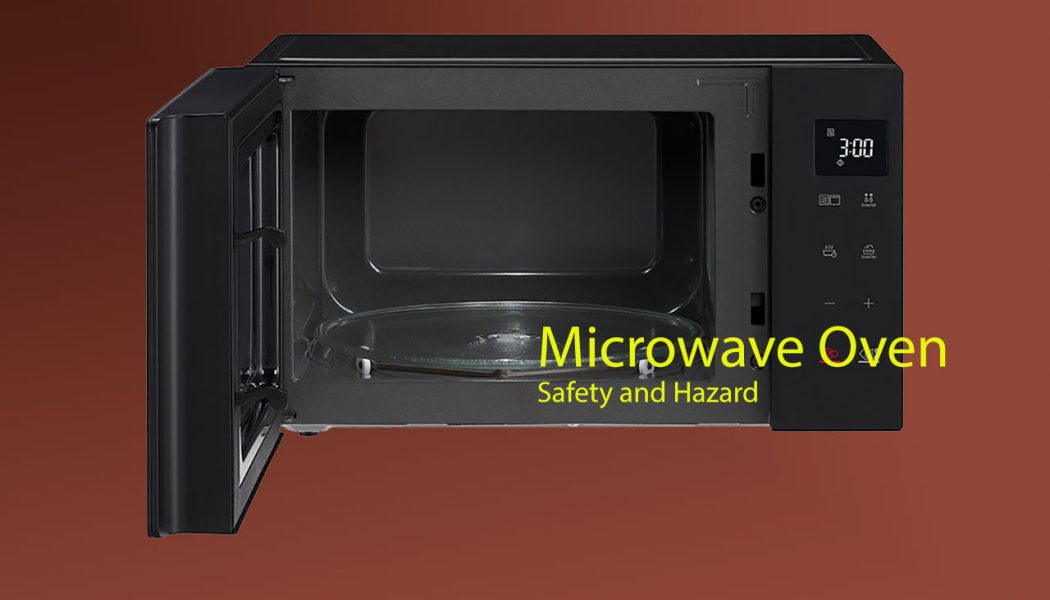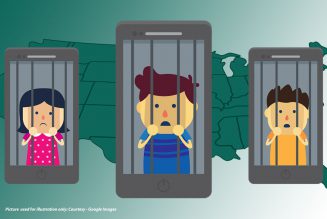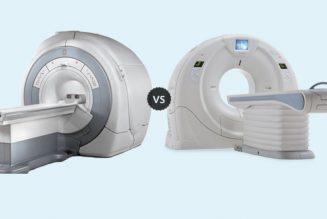Microwave Ovens as we all know, works on Microwaves, which are basic Electromagnetic Radiation. The Electromagnetic radiation covers a broad band from very long Radio Waves to short Gamma Rays. It is not possible to see these radiations through naked eyes and therefore goes undetected. Microwaves are used for various purposes like Radars, Telecommunication etc. The most common use is in the Microwave Ovens.
Three characteristics of these Microwaves allow them to be used for cooking.
1. Reflection – Microwaves are reflected by metal
2. Penetration – Microwaves can pass through Glass, Paper, Plastic etc.
3. Absorption – Microwaves are absorbed by food
Microwaves for Cooking
In a Microwave Oven, a tube called as Magnetron produces the Microwaves. These waves are reflected by metal inside the Oven and are absorbed by food. Water molecules in the food starts vibrating, thus producing heat, which cooks the food. You might have noticed that we can cook food that contain high water content – like fresh vegetables – more easily than other food items.
When solid or thick food items are cooked, you might have noticed that the outer layers become extremely hot while the inner portions remain comparatively cooler. The Microwave Ovens do not cook food from Inside. The outer layers are cooked by the Microwave whereas the inner layers are cooked by the heat conducted from outer layers to inner layers.
Cooking in a Microwave is more energy efficient compared to conventional cooking. This is because of the reason that energy produced heats only the food and not the whole of the oven compartment. The food is also cooked faster than conventional methods of cooking.
We use plastic, paper, glass and ceramic containers for cooking in a Microwave because, the waves pass through them, thus not heating the containers directly. Of course, not all plastic containers can be used with Microwave Ovens as they melt during the process when they get heated by the heat of the food being cooked inside. Hence we must be using only the Microwave-Safe containers and vessels for cooking with a Microwave Oven.
Safety Standards
We must be aware of some safety standards and health hazards while using Microwave Ovens. The Food and Drug Administration (FDA) has stipulated some regulations and Microwave ovens are manufactured according to the norms. The Manufacturers must comply with the standards and are required to certify their products meet safety performance standards enforced by FDA in the interest of the public.
FDA, through the Centre for Devices and Radiological Health (CDRH) have set standards of performance for electronic products to assure that radiation emissions do not pose health hazards to the public. Accordingly, the amount of Microwave Radiation that can leak from a Microwave Oven can not exceed 5 milliwatts (5mW) per square centimetre at approximately 2 inches from the surface of the oven, throughout its lifetime.
The safety standards also require all Microwave Ovens to have two independent interlock systems that stop production of Microwaves, the moment the door is opened. There is a monitoring system which stops the oven operation when one or both of the interlock systems fail.
All Microwave Ovens must have a label stating that they meet the safety standards. FDA also requires that all ovens have a label explaining precautions of use.
Health Hazards
Like food items get heated by Microwaves, human body tissues can also be heated by the waves. Exposure to high levels of radiation can cause burn and be painful.
Two organs of the human body – eyes and testes – are vulnerable to Microwave Radiations as they contain comparatively less amount of blood flow in them, which could carry away excess heat. The eye lenses are very sensitive to heat and exposure to high levels of Microwaves, which can even cause cataract.
The Oven is designed to prevent leakage of Microwaves while in operation. Even then, ageing can reduce the safety levels as there are chances of doors not closing fully or the latches not locking-in properly. Avoid using such Ovens to prevent health hazards.
Tips on Safety
1. Buy only branded, approved Microwave Ovens
2. Avoid buying used ovens if they are very old
3. Follow the manufacturer’s instruction manual on the usage and maintenance of the Ovens
4. Use only Microwave-Safe utensils and containers with Microwave Ovens
5. Never use an oven if the door does not close fully and properly get latched
6. Avoid standing directly against the Oven while in operation
7. Never operate an Oven when it is empty
8. Clean and maintain the Oven in a good condition after every use
9. Use only mild detergents for cleaning
10. Do not use scouring pads, steel wool or abrasive materials for cleaning
Be safe, be healthy always.
Picture used for illustration only



